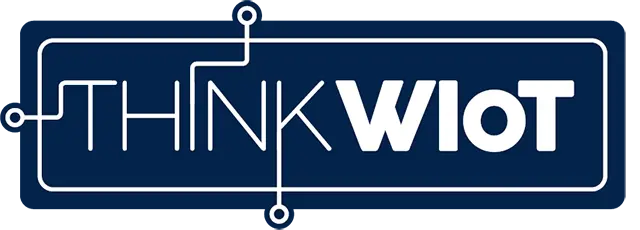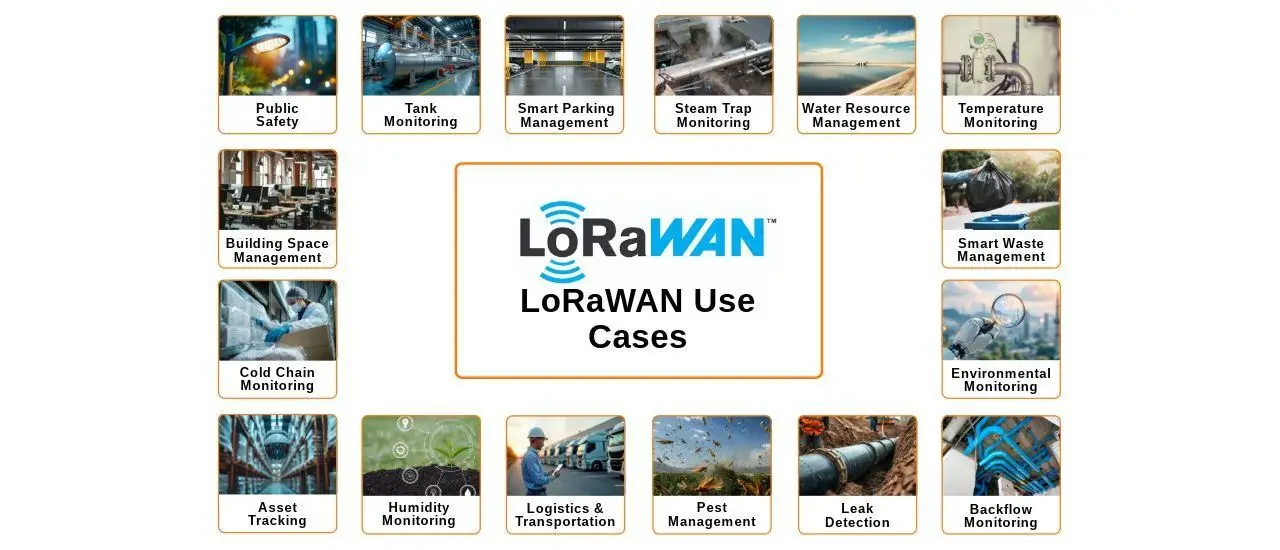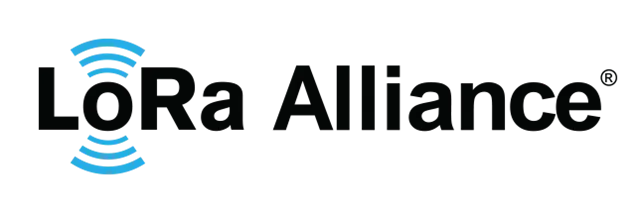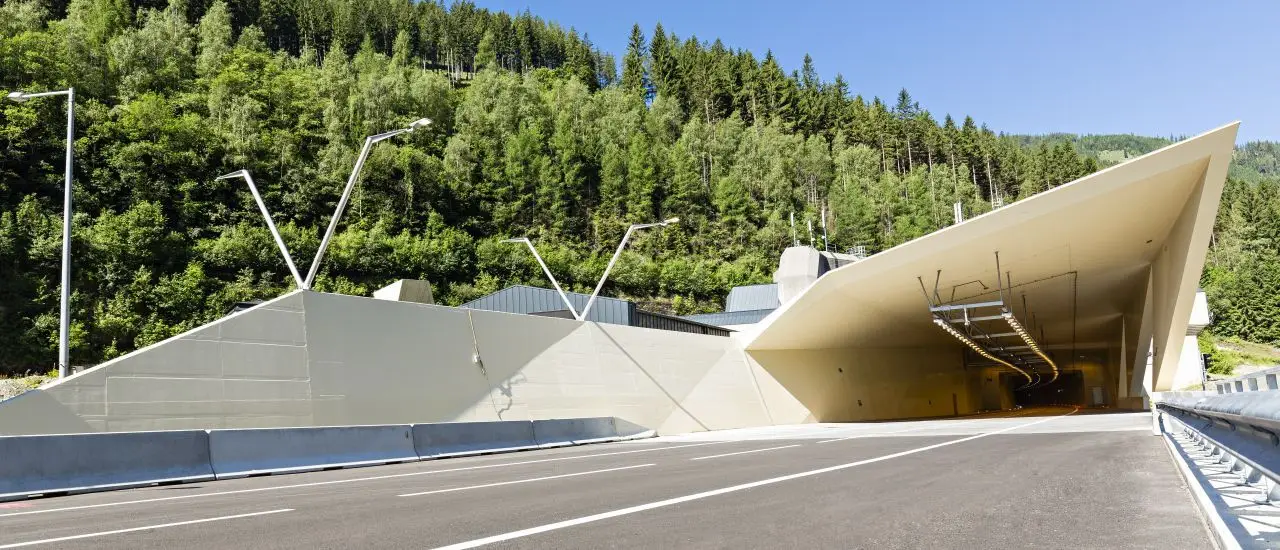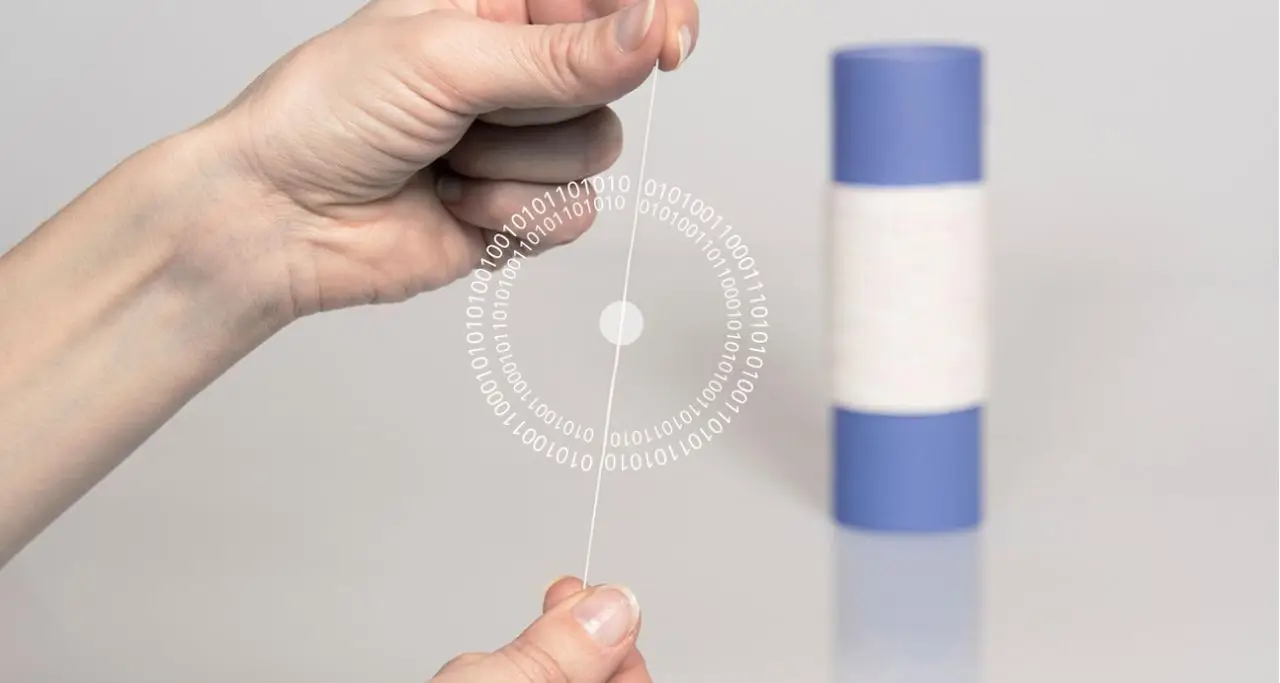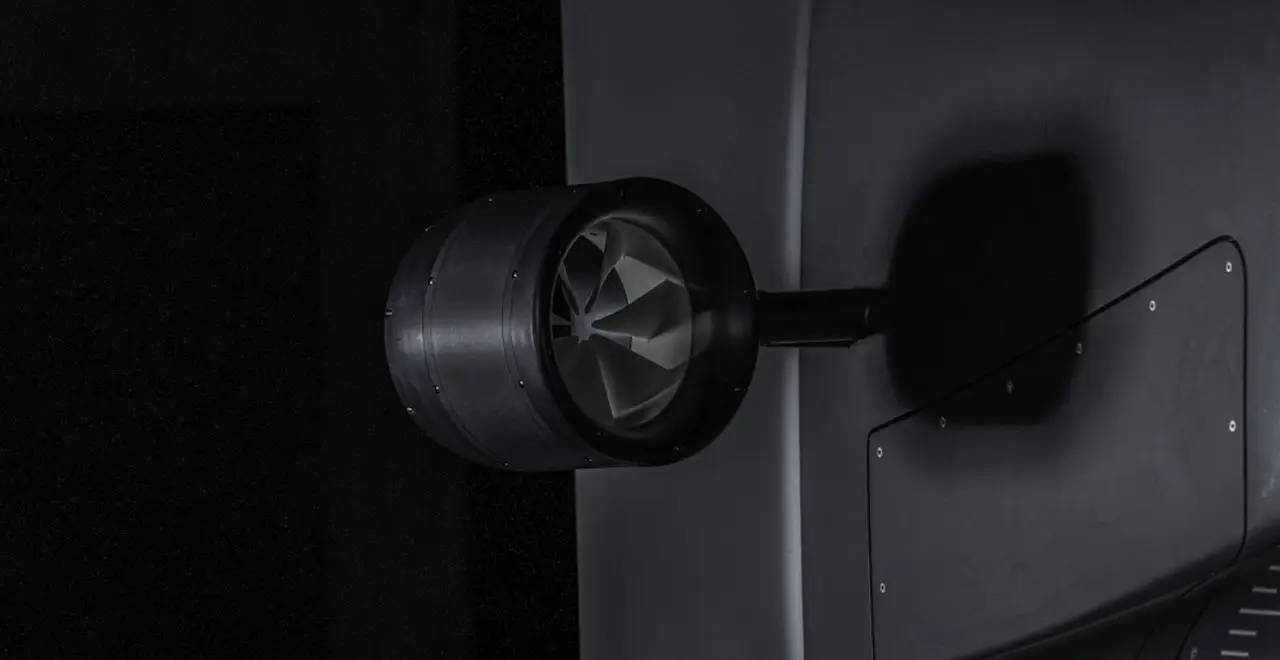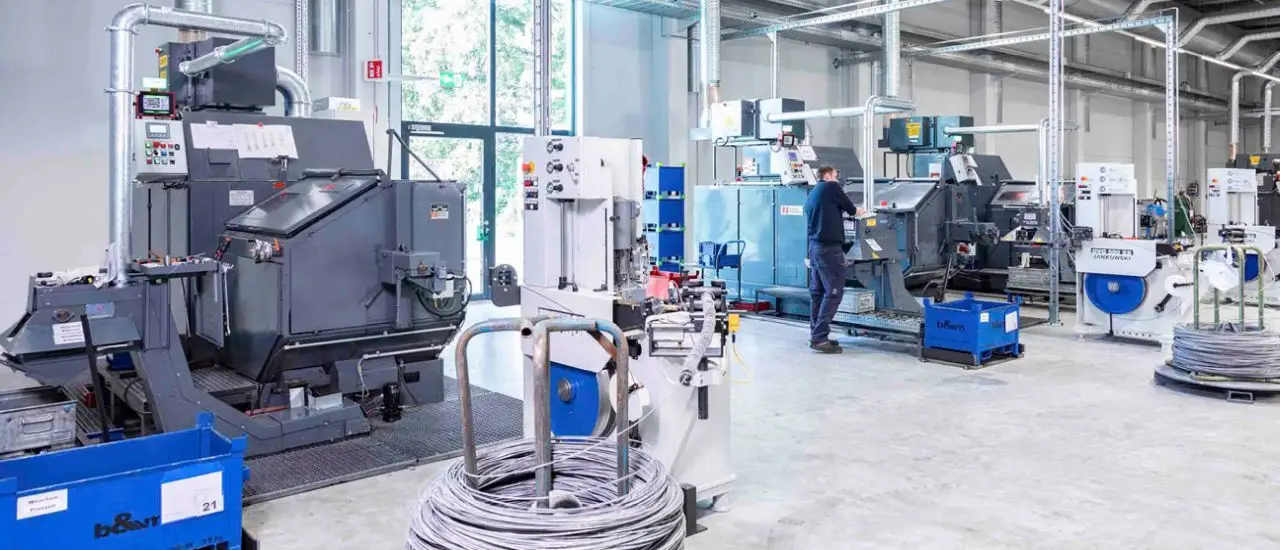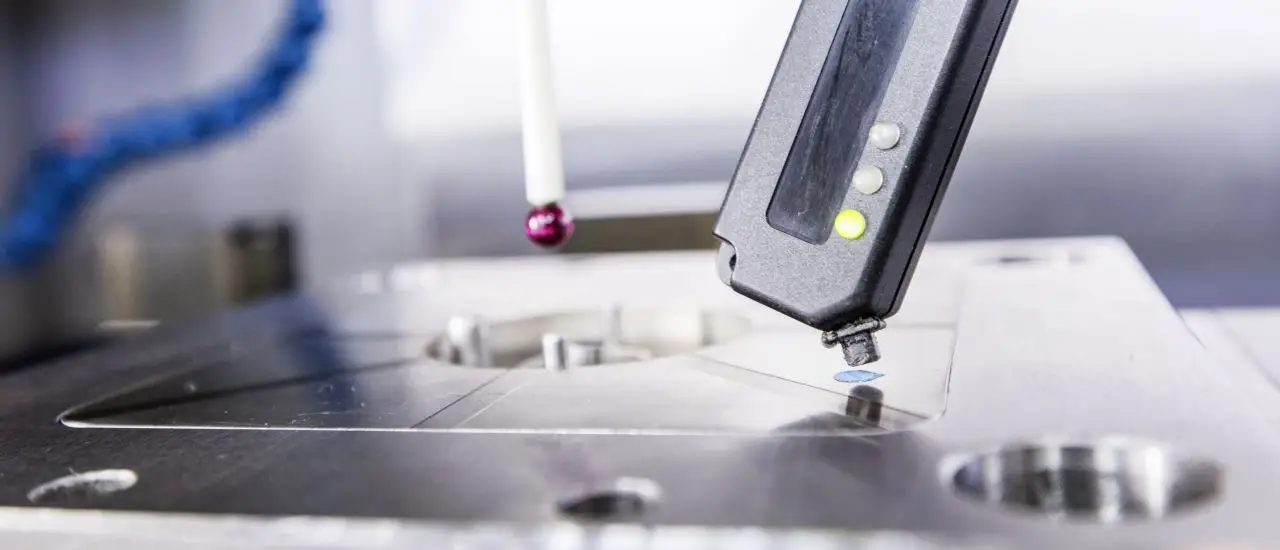- The LoRa Alliance is an open, nonprofit ecosystem with over 350 members driving global LoRaWAN adoption.
- LoRaWAN offers long-range, low-power, and low-cost connectivity suited to massive IoT use cases such as smart cities and agriculture.
- Real-world deployments exceed 100 million devices, with several members operating multi-million node networks and large-scale city projects.
- Strategic priorities through 2025 include certification, regulatory support, satellite connectivity, network roaming, and cross-industry expansion.
The LoRa Alliance plays a pivotal role in advancing LoRaWAN technology, a global standard for low-power wide-area networks (LPWAN) in the Internet of Things (IoT) space. In this interview, Alper Yegin, the CEO of the LoRa Alliance discusses the organization's members, its development potential, core tasks, and goals for the future.
Interview with Alper Yegin
Alper Yegin has had a distinguished career in telecommunications and IoT, beginning with his time in Silicon Valley after earning his master's degree. After eight years, he relocated to Istanbul and started working remotely for Samsung Electronics, focusing on 4G and 5G standardization.
Yegin's journey continued with Actility, where he worked remotely for nearly a decade before joining the LoRa Alliance in 2016. He has been a key figure in the Alliance, serving as the Chair of the Technical Committee for eight years and as a board member and vice-chair for six.

1. What makes the LoRa Alliance unique in the IoT landscape?
Alper Yegin: The LoRa Alliance is the largest LPWAN ecosystem globally, with over 350 members across various industries. It operates as an open, nonprofit international technology alliance. This openness allows for collaborative innovation and global adoption.
Some of our sponsor members include companies like Semtech, Amazon, Comcast, and STMicroelectronics, Verizon. Our member ecosystem is made of system integrators, equipment manufacturers, telecommunication companies, sensor manufactuers, and entrepreneurial start-ups worldwide. These companies are all contributing to the massive deployment of LoRaWAN technology.
More examples of members having large scale deployments are: The French member company Actility, having deployed over four million connected LoRaWAN devices. The Things Industries with 2.7 million devices, and Tata Communications, who has installed 360,000 connected streetlights in a single use case. Zenner from Germany has over 9 million devices connected to its LoRaWAN network, primarily for energy monitoring and building management.
2. What are the key tasks of the LoRa Alliance?
Alper Yegin: The core tasks of the LoRa Alliance include building and promoting the LoRaWAN standard, certifying devices for compliance, and supporting members with regulatory guidance. These efforts have solidified LoRaWAN as the fourth pillar of wireless communication, alongside Wi-Fi, Bluetooth, and cellular technologies.
3. What development potential do you see for LoRaWAN?
Alper Yegin: LoRaWAN is designed for massive IoT applications, which represent over 95 percent of all IoT use cases. These include smart cities, agriculture, metering, and asset tracking.
The technology offers long-range communication—up to 600 km in line-of-sight conditions—low power consumption, and low costs. Devices can operate for over ten years on minimal power, making them ideal for applications like water and gas meters. Furthermore, satellite-based LoRaWAN services are now available. Innovation doesn’t stop terrestrially. It extends to space.
Urban IoT is another area where LoRaWAN is excelling. While narrowband IoT is losing momentum, with major operators such as AT&T and DoCoMo having shut down their networks, LoRaWAN adoption continues to grow. Currently, there are over 100 million LoRaWAN devices deployed around the world.
4. What are the goals of the LoRa Alliance for 2025?
Alper Yegin: For 2025, our focus is on expanding the adoption of LoRaWAN across industries and geographies. We aim to build on our success by nurturing collaboration within our ecosystem. Our member companies are already contributing towards this goal. Actility and The Things Industries are seeing 50 percent of annual growth in their LoRaWAN device counts. This indicates strong momentum. Many other members are also reporting similar growth rates.
Another example is enabling network roaming between public, private, and community networks, a feature unique to LoRaWAN. This enables the growth of new business models.
As mentioned before, we are also extending our reach into space, with operators like EchoStar Mobile, Lacuna, and Plan-S providing satellite connectivity. The future lies not just on Earth but beyond, and we’re ready to innovate in space-based IoT.


